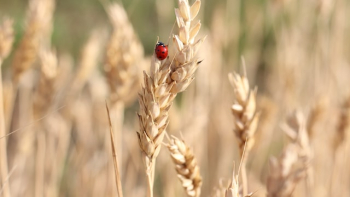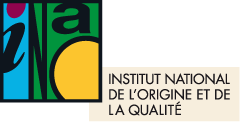1960-1990: the creation of Label Rouge and recognition of organic farming
Parallel to this, other official signs are developing, notably the Label Rouge and Organic Agriculture. These are two major certifications in the field of agriculture, offering consumers guarantees of superior quality for the former, and respect for the environment and animal welfare for the latter.
The agricultural orientation law of August 5, 1960 created the agricultural label, at the request of professionals, under the impetus of Agriculture Minister Henri Rochereau. This initiative arose from the desire of a group of poultry farmers, who, faced with the increasing industrialization of agriculture, were seeking to promote breeding that respected traditions while offering consumers a guarantee of quality.
>
One year later, on June 27, 1961, the conditions for certification were set. A higher commission for the quality of agricultural and food products was created, and on January 13, 1965, "poulet des Landes" was awarded the first Label rouge in food history (n°01/65). In 1966, it was the turn of "pink garlic from Lautrec", paving the way for fruit and vegetables in the field of Label Rouge.
It wasn't until June 17, 1983 that a decree made it compulsory to display the famous Label Rouge logo. The sign was then managed by the ministry in charge of agriculture, within the Commission Nationale des Labels et Certifications de Conformité (CNCE).
Organic agriculture (AB) represents a production method focused on the application of optimal environmental practices, the preservation of biodiversity, the conservation of natural resources and the maintenance of a high level of animal welfare.
It originated in the 1920s in Austria, Germany, Switzerland and England. Its introduction in France dates back to the 1950s, motivated by the desire to preserve natural balances and biodiversity in reaction to the increasing intensification of agriculture. The first private specifications specific to Organic Agriculture appeared in 1972, marking the beginning of official recognition of this approach.
France played a pioneering role by recognizing, through the Agricultural Orientation Law of July 4, 1980, "agriculture without synthetic chemical products". Existing private specifications were harmonized and approved by the decree of March 10, 1981. In March 1985, this alternative agriculture was officially named "Agriculture biologique". The AB logo appeared that same year.

Find out more about the History of INAO
- Key dates for official signs identifying quality and origin (SIQO) and INAO
- A brief history of official signs identifying quality and origin (SIQO) and INAO
- 1905-1935: the beginnings of appellations d'origine: a response to wine crises
- 1935-1970: the advent of INAO and the creation of appellations d'origine contrôlées
- 1960-1990: the creation of the Label Rouge and the recognition of organic farming
- 1990-2000: the development of SIQO in Europe and the extension of INAO's missions
- 2000 to today: INAO, a policy tool for enhancing the value of French agricultural products
- Bibliography
